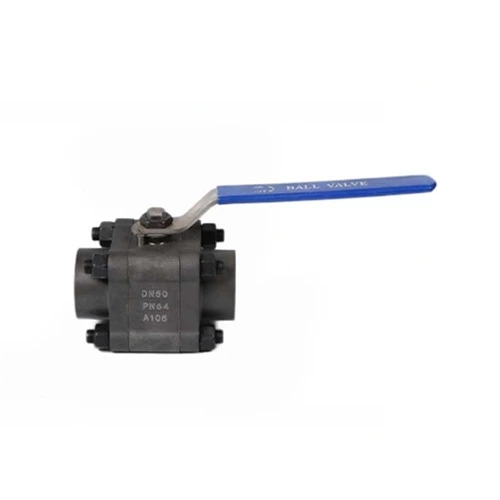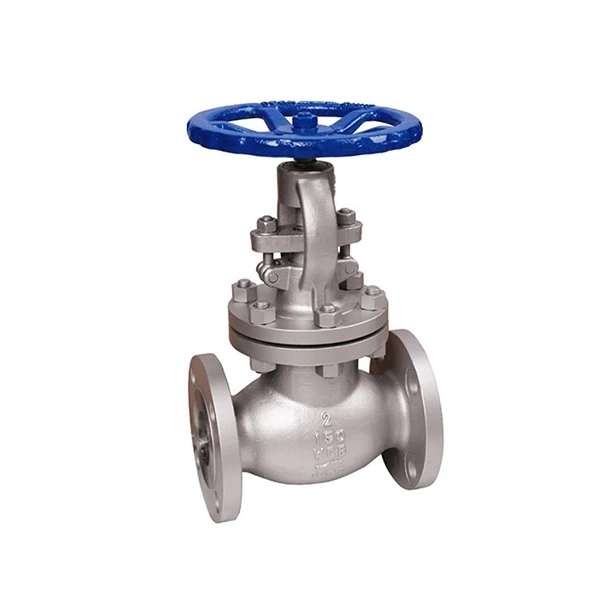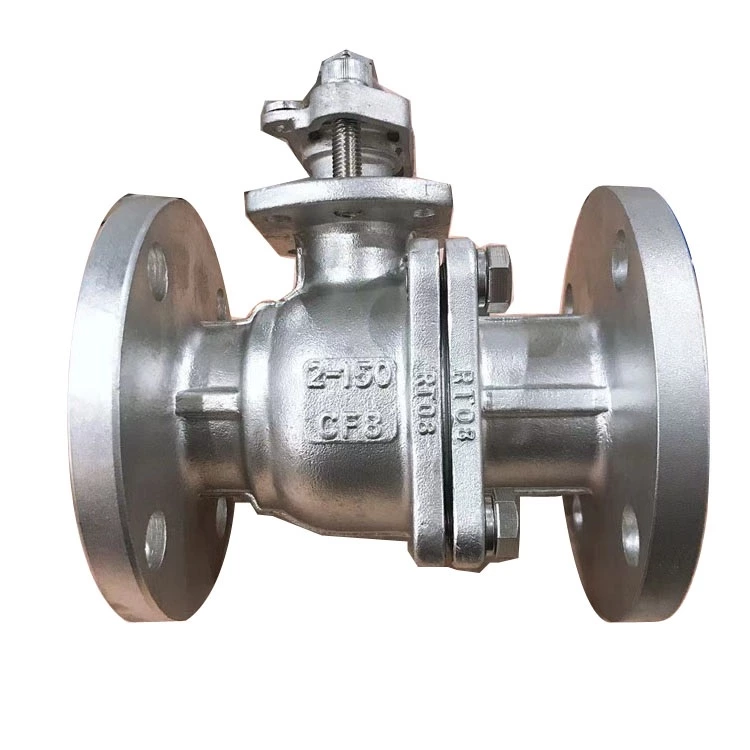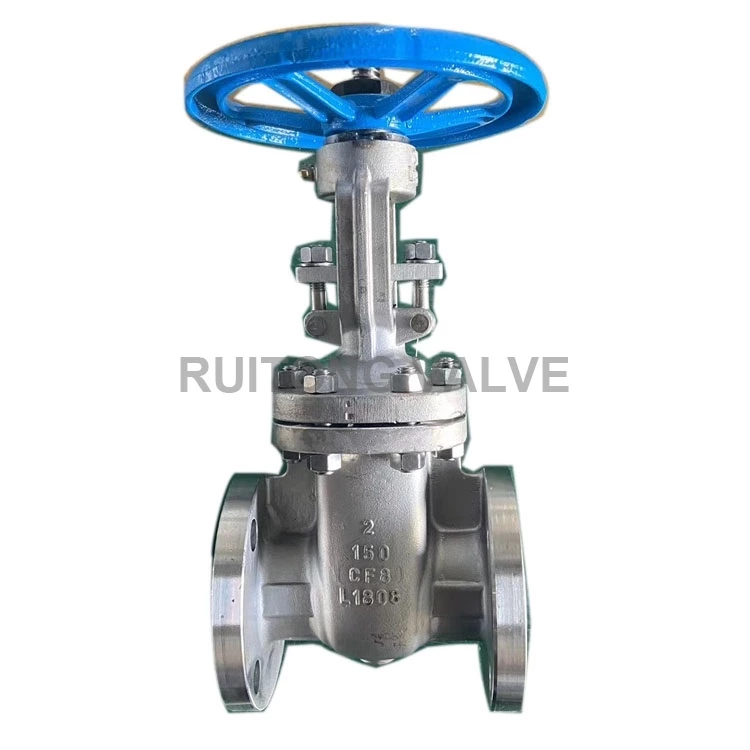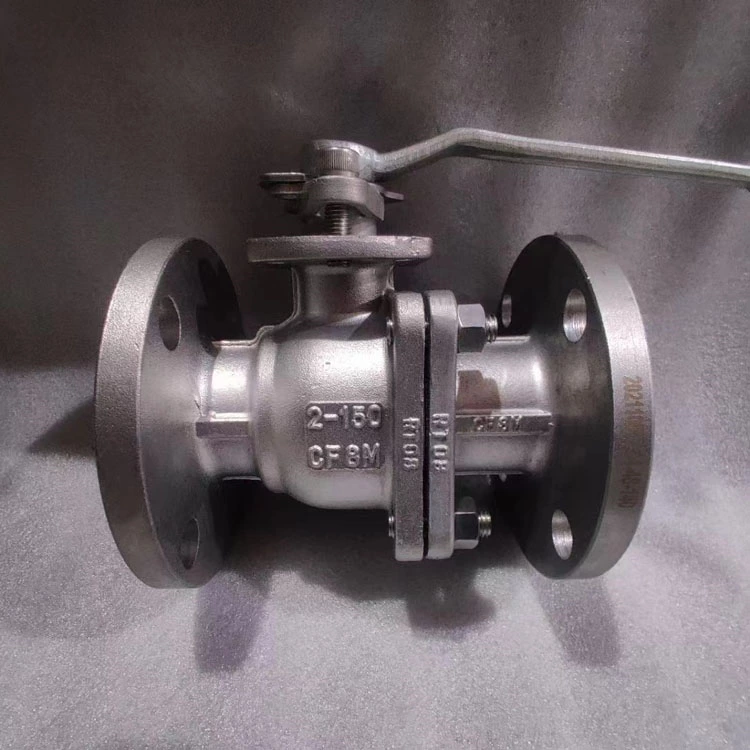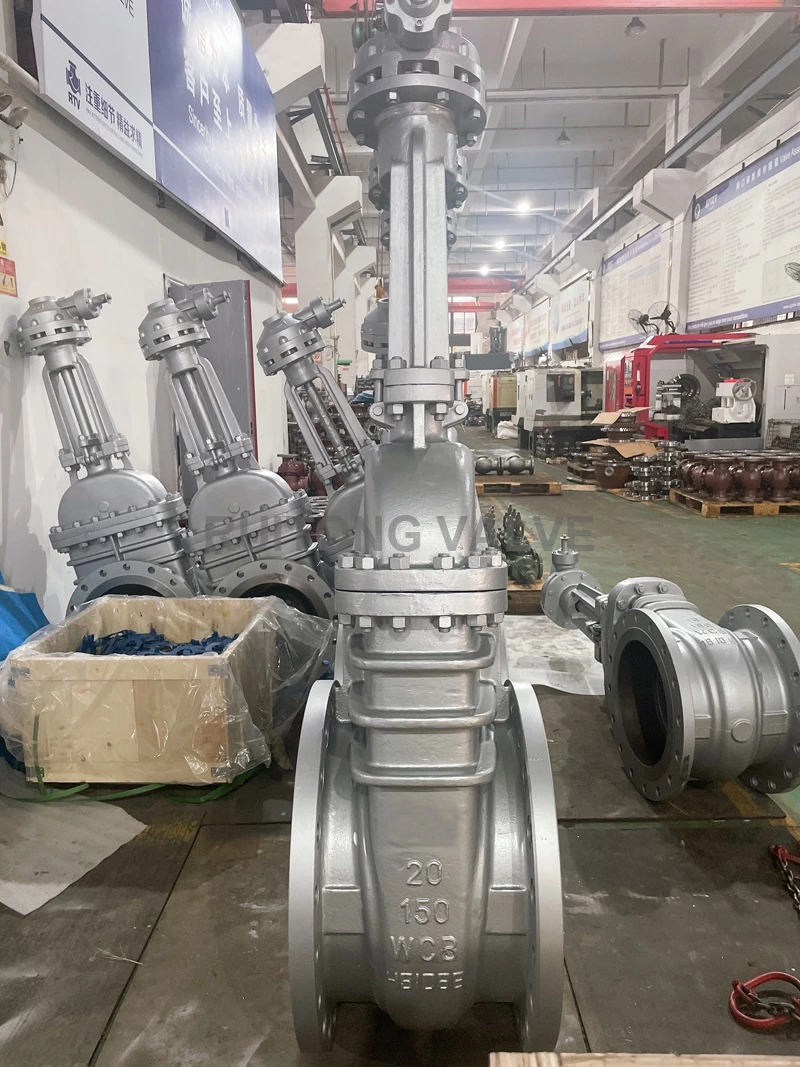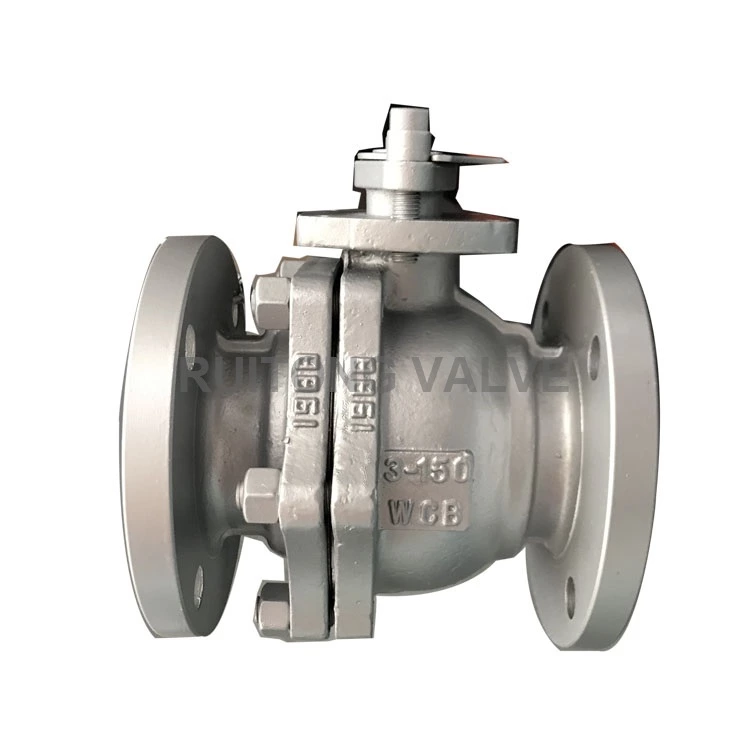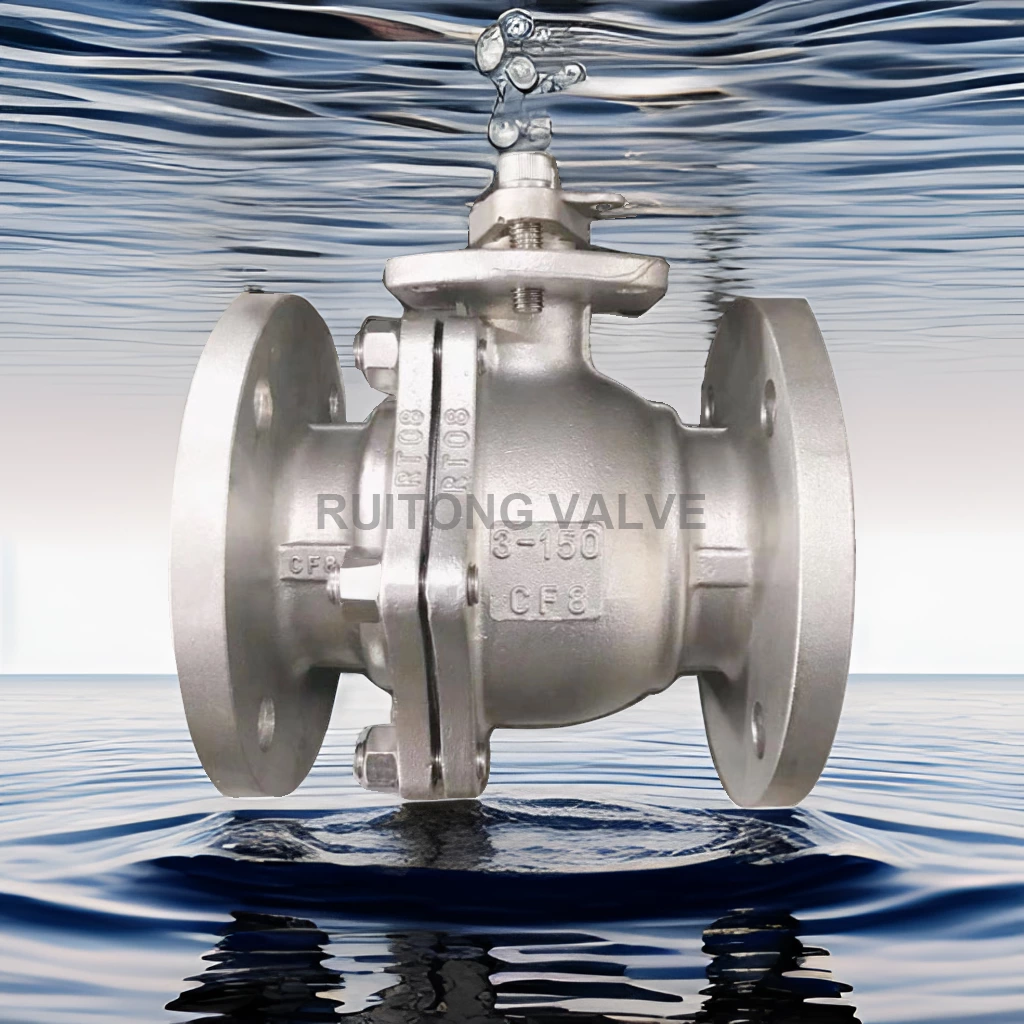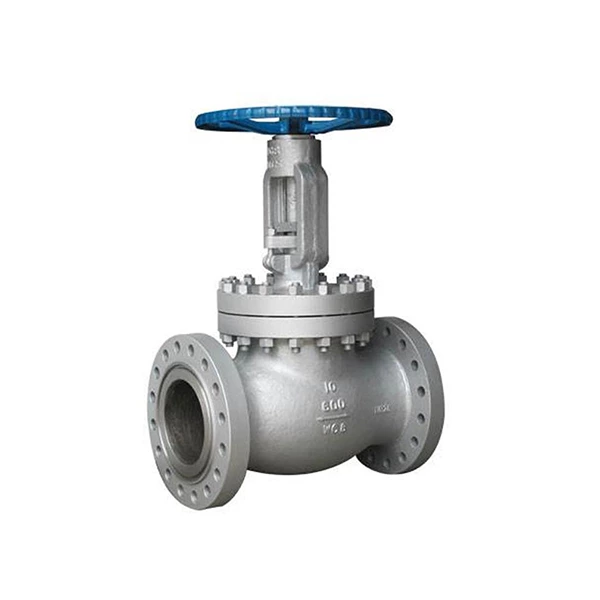Are You Sure You Understand These Five Structural Features Of American Standard Ball Valves?
The main function of Ball Valve is to cut or connect the medium, and sometimes it can also be used for regulation and control. Do you know about its five major structural features?
1. Valve stem anti-crushing structure
When the medium passes through the ball valve, the pressure in the valve stem cavity may push the valve stem out. In order to avoid this situation in advance, a boss structure is provided at the bottom of the valve stem. Even if the packing or thrust bearing is burned or damaged, the valve stem will become a boss due to the medium pressure of the valve body, and the packing part with a large amount of damage will be cut back. The valve body is sealed and in close contact to prevent medium leakage.
2. Hydrostatic pressure device
When operating the American standard ball valve, due to the friction between the ball and the valve seat made of non-metallic materials, a classic is generated. The charge is stored in a row of balls. In order to prevent the generation of static sparks, a special anti-static device is also installed on the valve to release the generated static electricity.
3. Fireproof structure
The American standard ball valve adopts a special structure. The non-metallic sealing surface material will burn in the event of a fire. The ring uses the elastic force of the spring to push the valve seat and the ball into and seal it, which can prevent the spread of fire and the outflow of the medium.
4. Leakage structure
There is a leakage structure in the center of the flange. The connection between the valve body and the left valve body is sealed with a gasket to prevent fire. In addition, the leakage of the seal in this area due to high temperature, vibration, etc. is specially designed. By allowing the metal of the valve body and the left valve body to contact to form an orifice flange, the purpose of avoiding leakage is achieved.
5. Automatic pressure relief structure
When confined in the valve cavity, when the medium changes due to the pressure of the pipeline system or the temperature of the medium, and when the pressure inside the middle cavity increases abnormally, the medium inside the middle cavity will generate its own thrust to press the valve seat to automatically release the pressure, while ensuring the safety performance of the valve.
